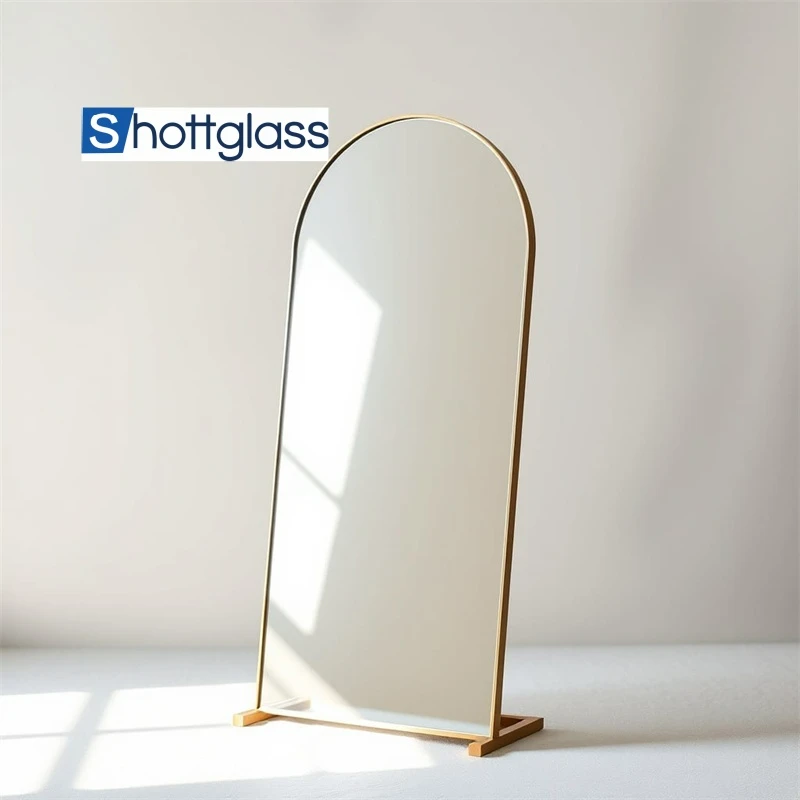Oct . 02, 2024 12:02 Back to list
Exploring the Beauty of Textured Glass Designs and Patterns
Textured Glass Patterns An Exploration of Aesthetic and Functionality
Textured glass patterns have emerged as a significant trend in modern architecture and interior design over the past few decades. This unique material combines function with aesthetic appeal, making it a popular choice for both residential and commercial spaces. From frosted finishes to intricate designs, textured glass offers a wealth of possibilities that can enhance any environment while providing privacy and light control.
At its core, textured glass is created through various processes, such as sandblasting, acid etching, or rolling molten glass. These methods introduce fascinating patterns that not only alter the appearance of the glass but also how light interacts with it. For instance, when light passes through frosted glass, it diffuses, creating a soft glow that can transform spaces into tranquil retreats. This diffusion is especially desirable in areas where harsh sunlight can be overwhelming, allowing for bright yet comfortable lighting.
One of the most appealing aspects of textured glass patterns is their versatility. They can be used in a variety of applications, from functional elements like shower doors and room dividers to decorative features such as wall panels and windows. Architects and designers often leverage this versatility to create spaces that feel both open and intimate. For instance, large glass walls with textured patterns can serve as stunning focal points, providing an illusion of depth while maintaining privacy.
Textured glass can also contribute to energy efficiency. By controlling the amount of light and heat that enters a space, these glass patterns can help reduce reliance on artificial lighting and climate control systems. This not only lowers energy bills but also contributes to a more sustainable environment. In commercial settings, using textured glass in façades can minimize glare and heat gain, creating more comfortable working conditions and enhancing the building’s overall efficiency.
textured glass patterns

In addition to their practical benefits, textured glass patterns are celebrated for their artistic potential. Designers often experiment with various textures to create unique, custom pieces that reflect their vision and brand identity. Whether it’s geometric shapes, organic waves, or intricate floral designs, textured glass can elevate a space, turning ordinary surfaces into captivating works of art. This potential for personalization allows homeowners and businesses to express their style while enhancing the mood and atmosphere of their environments.
Moreover, the tactile quality of textured glass adds another dimension to its appeal. Unlike smooth glass, which can feel cold and impersonal, textured glass invites touch and engagement. This sensory experience can make spaces feel warmer and more welcoming. In addition, the patterns can help to mask fingerprints and smudges, which is particularly beneficial in high-traffic areas.
As trends in design evolve, the use of textured glass continues to gain momentum. With advancements in technology, the options for customization and production have expanded, allowing for more intricate and diverse patterns than ever before. Designers are increasingly pushing the boundaries, integrating textured glass with other materials like metal and wood to create stunning, multi-dimensional installations that challenge traditional design norms.
In conclusion, textured glass patterns represent a harmonious blend of beauty and functionality in today’s design landscape. From enhancing privacy and energy efficiency to providing artistic expression and tactile sensations, these glass patterns have a profound impact on both the aesthetic and practical aspects of spaces. As architects and designers continue to explore the possibilities of textured glass, we can expect to see even more innovative applications that will redefine modern architecture and interior design. This evolving material not only transforms environments but also inspires a deeper connection between people and the spaces they inhabit.
-
Sustainable Practices in a Modern Coated Glass Factory
NewsAug.07,2025
-
Insulated Glass Unit Installation Best Practices and Tips
NewsAug.07,2025
-
Frosted Glass Types and Custom Solutions for Sale
NewsAug.07,2025
-
Current Clear Float Glass Price Trends in Global Markets
NewsAug.07,2025
-
Comparing Different Types of Laminated Glass Performance
NewsAug.07,2025
-
Best Anti Fog Bathroom Mirror Solutions for Humid Climates
NewsAug.07,2025
Related PRODUCTS














